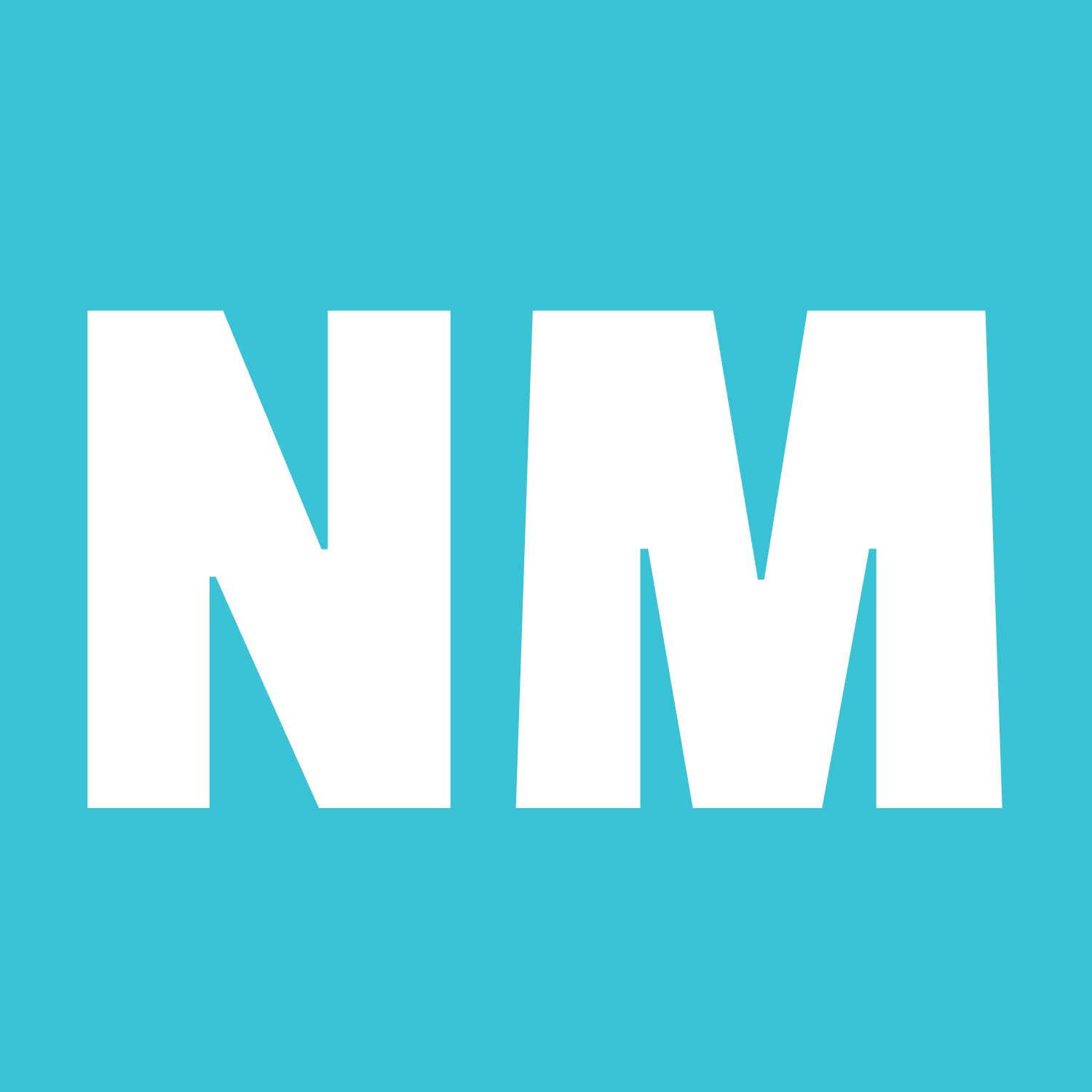3 Ways to Find Books about Diversity & Inclusion
Even before the recent global protests in outrage to the senseless murder of George Floyd by a white policeman, conversations about race relations in the US have been at an all time high. Social media has brought these decades-long debates from the auditorium stages of universities onto the smart devices of the masses, where trolls and fake news conspiracies muddle the dialogue and amplify division.
While how we get information has changed, another thing has not. Many people, particularly parents and caregivers, still strive to find ways to better understand the hardships of persons of color and to prepare the children in their care to grow up in a world that is hyper-connected and increasingly diverse.
As a nanny, I’ve always felt that children’s books featuring characters of color are a vital tool in combating the negativity related to racism and self-hatred. As a parent, I became an even bigger advocate of celebrating diversity and inclusion in fictional children’s literature.
That’s because from an early age, when a white child sees brown people in their favorite books, playing the same way as them, sharing their same perspectives and emotions, they begin to understand that they can make friends and have fun with children regardless of their skin color. When a black child sees people in books who look like them, they can identify with those characters and feel included in the world around them. Reading books with diverse characters that promote inclusion builds confidence. I tried it with my daughter and I promise, it works!
Being a nanny and a person of color, parents and nannies often ask me “Where do I find these books?” While there was a time where it was extremely difficult to find board books or chapter books that featured diverse characters, or at least it felt that way, today doing so is much easier. With far less publishing obstacles and more opportunities to self-publish and self-publicize, and with 24-hour access to book-selling behemoth Amazon, naturally more titles are available. In brick and mortar stores, however, books from newer authors tend to have a shorter retail shelf-life and are featured in fewer stores, so it can definitely be a challenge to keep up and find new titles in local stores.
If you’re looking to expand your library and feature books that feature diversity and inclusion, try these three tips.
Trust That Your Librarian Knows the Way!
I’m fortunate to live in a big city that has a huge library system with awesome local libraries. But even in the smallest towns with fewer locations, your librarian is a great resource. After engaging a librarian in conversation, I have walked out of library branches with a dozen or more books filled with stories featuring children of color covering a wide range of subjects. Not only are these books free to use, but the librarian can show you information about the author, their upcoming tour appearances, and locate out-of-stock books at other locations. Some libraries are even creating sections of inclusive children's books.
Online Isn’t Everything, but It Can Be
Google and Amazon are your friend, but after perusing the same 10-20 titles, it may be time to look for smaller online outlets. Using search and hashtag tools on social media can help you to discover authors, illustrators, readers, and communities who are sharing great new books and series practically all the time, with an emphasis on diverse readers and inclusive themes. If you're still having a difficult time finding online outlets, create your own utilizing the recent boom in virtual discussions and learning on places like Zoom, Facebook and Instagram Live. Start small, and build an audience from the ground up.
Go Local and Get Vocal
Just like vinyl in a record store, solid paperbacks and hardcovers are enjoying a small comeback thanks to local booksellers who refuse to succumb to big box retailers and online giants. Like librarians, book store owners and clerks can help you locate a range of books, from the most popular selections to the hidden gems. Local bookshops are great places to join or even start your own multicultural book clubs with parents looking to grow their personal libraries with diverse children's books.
As you strive to better understand and raise children who embrace all races, reading books together will naturally open the door to conversation and communication.

